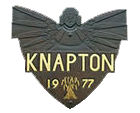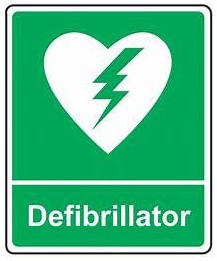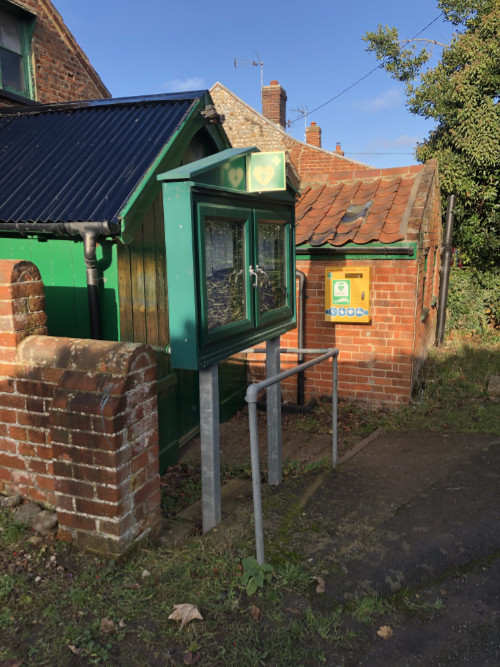Our Defibrillator
Our Defib or Automated External Defibrillator (AED), which is on the wall at the rear entrance of the Village Hall, is now fully working and can be used on children over one year old and adults.
In mid-September 2019 our local First Responder, Mario, gave advice on when to use it and then delivered superb training on how to use it, demonstrating how it easy it is before encouraging everyone to practise CPR on dummies.
If anyone feels that they would like to have similar training, please let us know using the Contact Form and we will do our best to arrange it.
When to use our Defibrillator
If you come across someone who is unconscious, unresponsive, not breathing or not breathing normally, they’re in cardiac arrest. When they occur, the heart enters a chaotic rhythm preventing blood flow to vital organs, causing the heart to stop, and the person to collapse, lose consciousness and stop breathing.
A Defibrillator gives a high energy electric shock to the heart of someone who is in cardiac arrest, to reset the electrical state of the heart so that it may beat to a rhythm controlled by its own natural pacemaker cells. This high energy shock is called defibrillation.
After a cardiac arrest, every minute without defibrillation reduces someone’s chance of survival by 10 per cent
The most important thing to do is to call 999 and start CPR to keep the blood flowing to the brain and around the body.
If you’re on your own, don’t interrupt the CPR to go and get a defibrillator. If it’s possible, send someone else to find one.
When you call 999, the operator can tell you where the difibrillator is and what to do.
How to use our Defibrillator
The Defibrillator is very easy to use and even if you haven’t had training on how to use it, don’t let that put you off if a life is at risk. The machine gives clear spoken instructions – all you have to do is follow them – and it won’t shock someone unless they need it.
To use the defibrillator, follow these simple steps:
- Step 1: Turn the defibrillator on by pressing the green button and follow its instructions.
- Step 2: Peel off the sticky pads and attach them to the patient’s skin, one on each side of the chest, as shown in the picture on the defibrillator.
- Step 3: Once the pads have been attached, stop CPR and don’t touch the patient. The defibrillator will then analyse the patient’s heart rhythm.
- Step 4: The defibrillator will assess whether a shock is needed and if so, it will tell you to press the shock button. An automatic defibrillator will shock the patient without prompt. Do not touch the patient while they are being shocked.
- Step 5: The defibrillator will tell you when the shock has been delivered and whether you need to continue CPR.
- Step 6: Continue with chest compressions and rescue breaths until the patient shows signs of life or the defibrillator tells you to stop so it can analyse the heartbeat again.



